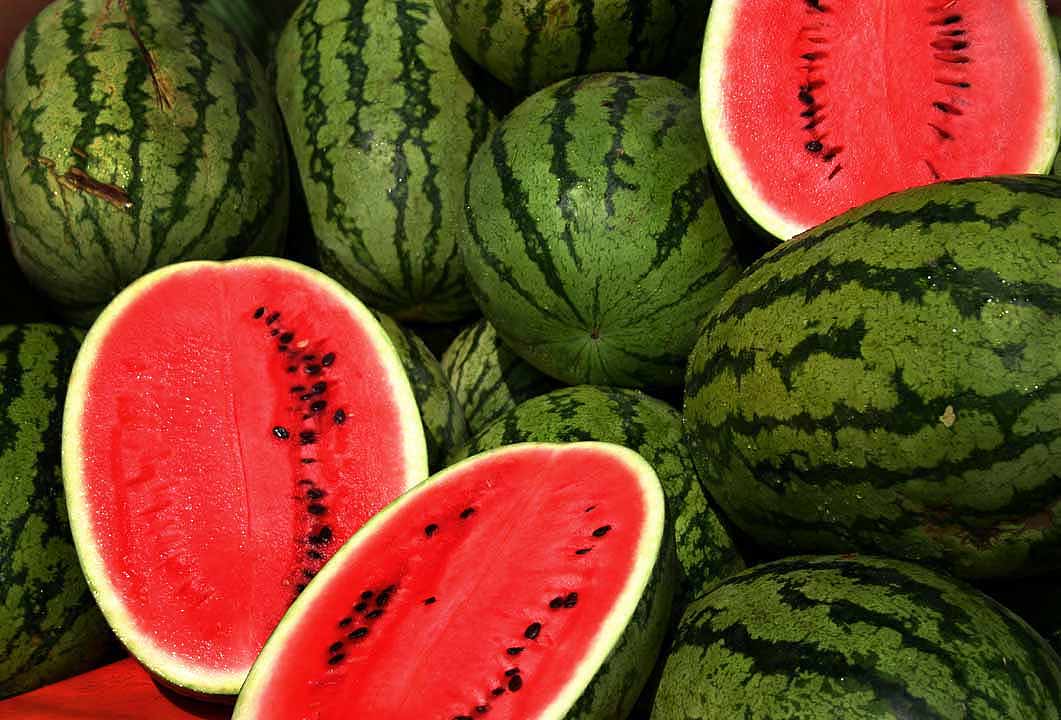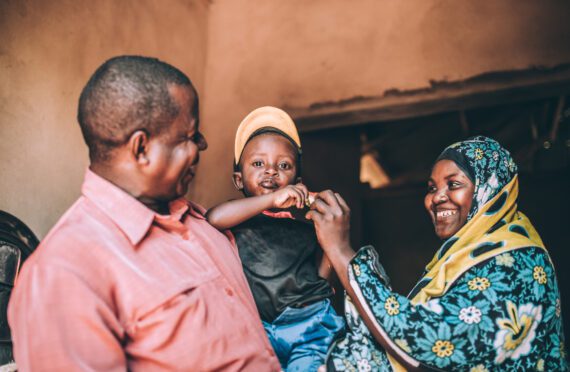By Robin Stephenson and Alyssa Casey
Poverty is not easy. For food-insecure families, especially those experiencing a food emergency, getting access to nutritious food at the nearest food bank or pantry can be difficult.
Food banks are on the front lines of hunger every day. The tragedy is never more acute than seeing a child who has gone without.
Eric Cooper can’t forget.
Cooper is president and CEO of the San Antonio Food Bank in Texas. This week, he testified before the House Agriculture’s Nutrition subcommittee hearing on incentive programs aimed at increasing low-income families’ purchasing power of fruits and vegetables.
“I’m reminded of a woman that received a watermelon,” Cooper told committee members. Watermelons are grown in the food bank’s Winter Garden program. Cooper was surprised when the client’s children were offered the watermelon and did not seem to like it. He asked their mother why.
“They’ve never had it,” Cooper recalls her saying. Lacking a car, she used the bus to do her grocery shopping and a watermelon would be too heavy to carry. Cooper said she told him, “A gallon of milk weighs 8 pounds and it seems impossible to bring one of those home.”
Cooper pointed out the irony of food-insecure families that live in farming regions rich with fresh produce but who can’t obtain a variety of nutritious food. For example, rural Zavala County, Texas, is called the spinach capital of the world, yet it has one of the highest rates of hunger in the U.S. Nearly half the children in the county, 45 percent, live below the poverty line.
Good nutrition is critical to a child’s development. The 2016 Hunger Report: The Nourishing Effect notes that malnutrition has social costs too, including a less productive economy and exorbitant healthcare costs that affect everyone’s standard of living.
For many children from hungry families, the bulk of their nutrition often comes from school meals. Congress has the opportunity right now to strengthen nutrition access for children during the school year and the summer months and should do so quickly.
However, neither school meals nor food banks can alleviate hunger alone. The SNAP (formerly food stamps) program also helps provide needed nutrition.
Ranking member on the subcommittee Jim McGovern (D-Mass.-2) asked if cuts to SNAP – which have been proposed by Congress multiple times in recent years – would have an impact. Cooper made it clear that food banks could not fill the gap. “A minor cut in SNAP,” he said, “would set us back, and we would not be able to recover.”
Subcommittee Chairwoman Jackie Walorski (R-Ind.-2) observed that ending hunger, poverty, and obesity requires “a 360-degree approach.”
She’s right. We need to ensure government programs help families like the one Eric Cooper encountered not just access food, but access nutritious foods in the communities in which they live. Smart, inclusive policies can lighten the load on a family’s journey out of hunger.
Robin Stephenson is the national lead for social media and senior regional organizer, and Alyssa Casey is the interim domestic policy analyst at Bread for the World.



